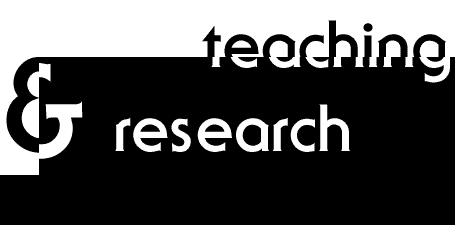a]
the web site as teaching tool; the web site as a
model for content and cross referencing of public art practices
that are community based, sites of engagement, activist and collaborative
in nature; also those looking into art practice as a viable and
important link to healing after trauma.
b]
the web site as a structure; the technical
aspects of setting up a web site for teaching and learning, through
multi leveled referencing possibilities to other sites and the
links and computer language that make this type of referencing
possible.
the structure of the web site as a guide
for instructors and students in their research and methodology
for dissemination of that research. [publishing on the web, creating
new sites, the collaborative scheduling, costs, design concerns
such as legibility, easy access, aesthetics, management and updating
of web sites, time line of site construction]
the objective of this activity is to develop
a web site on public art as sites of engagement, that will prove
to be a fluid teaching tool on two levels.
a] content of the site to be used in undergraduate
and graduate courses in the departments of art history, design
art, studio arts, art education and art therapy.
b] the technique and structure of web site
design for teaching and learning for all interested programmes
within concordia university and external institutions and groups.
our aim is to achieve an meaning dialogue about contemporary public
art, sites of engagement and community based art practices which
investigate experience and perception of social conventions. these
social conventions include cultural and individual identity[ies]
related to memory and community. more specific however, our interest
is in gendered grief and collective mourning of individual and
social traumas; the aftermath of violence; the forces of healing;
and the resilience of people subject to trauma. there exists no
collective body of information on this topic and we are endevouring
to fill the hole with this comprehensive and organic teaching
tool.
the multidisciplinary aspect to the project as a whole is reflected
in the components of the web site. the web site is designed as
a public art work in and of itself with modular components, developed
as integral parts and self contained units that then may shift
and grow as necessary. each of the modules is able to be accessed
and navigated from any other thus creating crossover links and
associations relevant to each viewer/participant. an internal
search engine is incorporated to facilitate access and cross-referencing.










